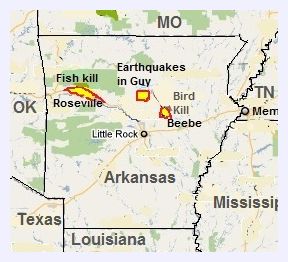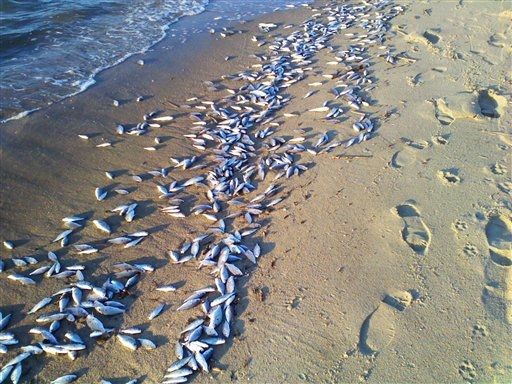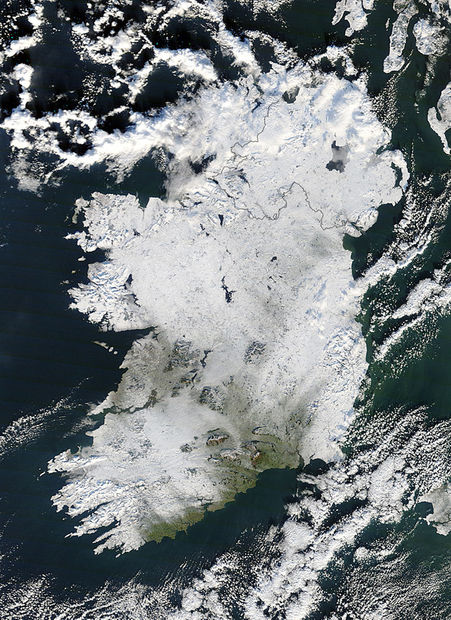
© FoodFreedom Wordpress.com
The last four months of 2010, nearly 500 earthquakes rattled Guy, Arkansas.
[1] The entire state experienced 38 quakes in 2009.
[2] The spike in quake frequency precedes and coincides with the 100,000 dead fish on a 20-mile stretch of the Arkansas River that included Roseville Township on December 30. The next night, 5,000 red-winged blackbirds and starlings dropped dead out of the sky in Beebe.
[3] Hydraulic fracturing is the most likely culprit for all three events, as it causes earthquakes with a resultant release of toxins into the environment.
[4]A close look at Arkansas' history of earthquakes and drilling reveals a shocking surge in quake frequency following advanced drilling. The number of quakes in 2010 nearly equals all of Arkansas' quakes for the entire 20th century. The oil and gas industry denies any correlation, but the advent of hydrofracking followed by earthquakes is a story repeated across the nation. It isn't going to stop any time soon, either. Fracking has gone global.
Hydraulic fracturing (fracking) pumps water and chemicals into the ground at a pressurized rate exceeding what the bedrock can withstand, resulting in a microquake that produces rock fractures. Though initiated in 1947, technological advances now allow horizontal fracturing, vastly increasing oil and gas collection.
[5] In 1996, shale-gas production in the U.S. accounted for 2 percent of all domestic natural gas production, reports Christopher Bateman in Vanity Fair. "Some industry analysts predict shale gas will represent a full half of total domestic gas production within 10 years."
[6] In 2000, U.S. gas reserve estimates stood at 177 trillion cubic feet, but ramped up to 245 tcf in 2008. These new technologies prompt experts to increase global gas reserve estimates ninefold.
[7]

